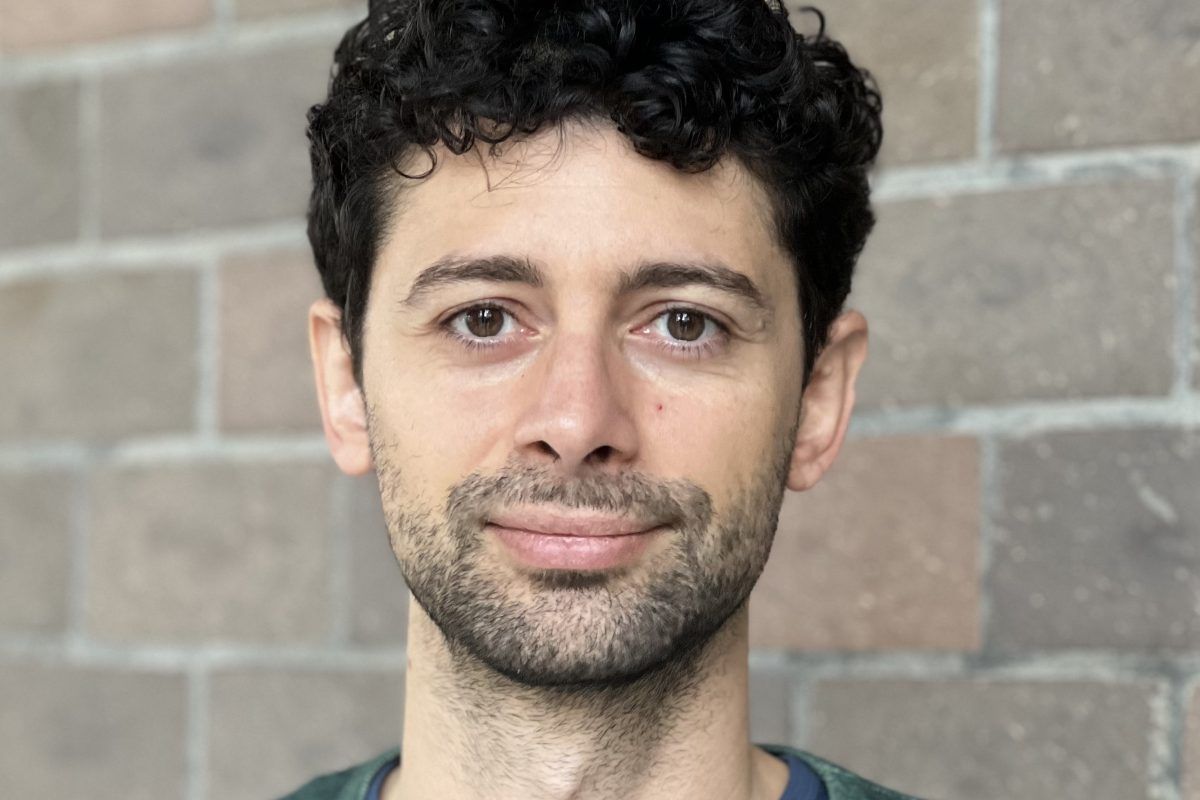Director, Fuster Laboratory for Cognitive Neuroscience
Biography
Dr Bisley received his Ph.D. from the University of Melbourne in Australia where he studied the peripheral somatosensory system. He did his first post-doc at the University of Rochester working with Dr Tatiana Pasternak, where he studied the neural mechanisms underlying memory for motion. In 1999, he went to Washington, DC where he worked with Dr Michael E. Goldberg at Georgetown University and the National Eye Institute, studying the neural mechanisms underlying visuo-spatial attention. Dr Bisley moved to Columbia University with Dr Goldberg in 2002 and joined UCLA in 2006.





